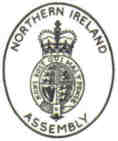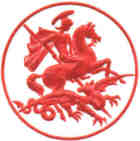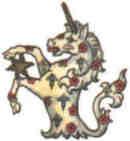Page revised July 26 2001
EDWARD LAW
ARMS, CRESTS & MONOGRAMS
MODERN.
Whilst the
hobby of crest collecting was pursued for more or less fifty
years from 1862 to the First 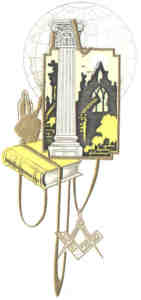 World War, crested stationery
continued to be used through the twentieth century, though on a
much reduced level from that of the Victorian era. Indeed
World War, crested stationery
continued to be used through the twentieth century, though on a
much reduced level from that of the Victorian era. Indeed 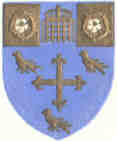 crest
collecting did not cease entirely and occasionally collections
from the 1920s and later are encountered. Whilst the raw
materials of the hobby are still to be found it does seem that
production of purpose made crest albums did not survive the 1914-18
war
crest
collecting did not cease entirely and occasionally collections
from the 1920s and later are encountered. Whilst the raw
materials of the hobby are still to be found it does seem that
production of purpose made crest albums did not survive the 1914-18
war
Left: Cover design from a 1950s
masonic invitation. Above: Arms of Westminster Hospital (granted
1940) from a Christmas Card.
The art of
fine engraving has not been lost, rather it has been enhanced by
technical advances and 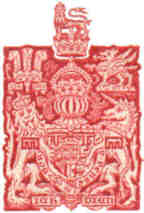
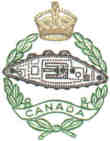 modern day crest material compares
favourably with the best of the Victorian and Edwardian output.
modern day crest material compares
favourably with the best of the Victorian and Edwardian output.
Perhaps the
main sources of crested material in the twentieth and twentyfirst
centuries are the stationery of the royal family, the royal
households, and the diplomatic services, and Christmas cards and
invitations of the army, navy, airforce, masonic lodges, public
schools, and trade organisations. The amount of crested personal
and trade stationery is minute in comparison to the volumes of
the Victorian era.
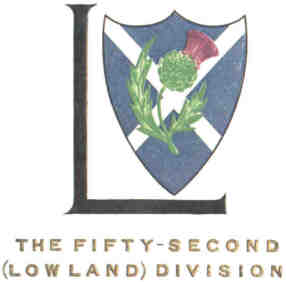 |
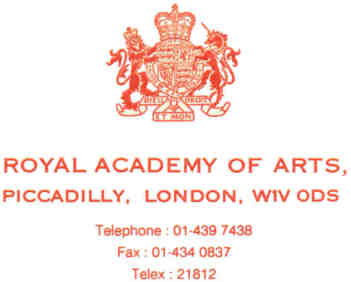 Letterheading
of the 1990s.
|
The use of crested
material imparts an air of luxury and opulence, a point not lost
on the great shipping lines, particularly those running cruises,
and high-class hotels.
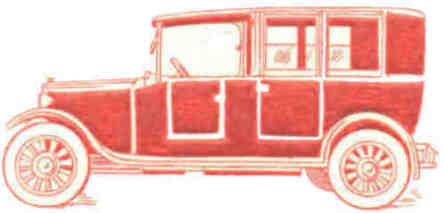
A delicious
illustration of an automobile from the stationery of a motor
engineer of the 1920s.
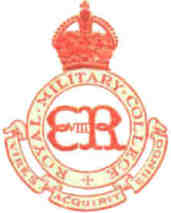
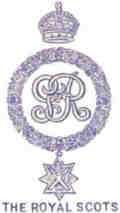
Many of the military
crests produced through the twentieth century follow the
Victorian pattern, and indeed there may have been continuity in
the use of the dies. Others were updated with the change of
monarchs, when a new cypher was added, as in the examples shown.
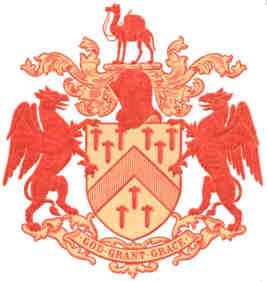
Arms, supporters, crest and motto of the
worshipful company of grocers of the city of London
|
The British Engraved
Stationery Association, trade body of present day practitioners
of the art of engraving and relief printing, produced a catalogue
Images of Engraving which has "brought together a 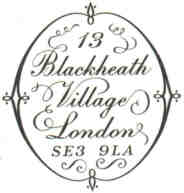 comprehensive range of examples to
illustrate and explain the virtually
comprehensive range of examples to
illustrate and explain the virtually endless creative possibilities"
of printing with engraved dies in the twentyfirst century. It is
no exaggeration to say that the publication is a work of art.
Shown here are two crests from the booklet which illustrate the
high state which the art still attains.
endless creative possibilities"
of printing with engraved dies in the twentyfirst century. It is
no exaggeration to say that the publication is a work of art.
Shown here are two crests from the booklet which illustrate the
high state which the art still attains.
LINKS
PICCOLO
PRESS of Nairn,
Scotland, exponents of the art of diestamping, with an
informative and interesting website.
Return to HOME
or to TOPICS PAGE
 World War, crested stationery
continued to be used through the twentieth century, though on a
much reduced level from that of the Victorian era. Indeed
World War, crested stationery
continued to be used through the twentieth century, though on a
much reduced level from that of the Victorian era. Indeed  crest
collecting did not cease entirely and occasionally collections
from the 1920s and later are encountered. Whilst the raw
materials of the hobby are still to be found it does seem that
production of purpose made crest albums did not survive the 1914-18
war
crest
collecting did not cease entirely and occasionally collections
from the 1920s and later are encountered. Whilst the raw
materials of the hobby are still to be found it does seem that
production of purpose made crest albums did not survive the 1914-18
war
 modern day crest material compares
favourably with the best of the Victorian and Edwardian output.
modern day crest material compares
favourably with the best of the Victorian and Edwardian output.





 comprehensive range of examples to
illustrate and explain the virtually
comprehensive range of examples to
illustrate and explain the virtually endless creative possibilities"
of printing with engraved dies in the twentyfirst century. It is
no exaggeration to say that the publication is a work of art.
Shown here are two crests from the booklet which illustrate the
high state which the art still attains.
endless creative possibilities"
of printing with engraved dies in the twentyfirst century. It is
no exaggeration to say that the publication is a work of art.
Shown here are two crests from the booklet which illustrate the
high state which the art still attains.